Mother (1926)
By Toronto Film Society on November 27, 2021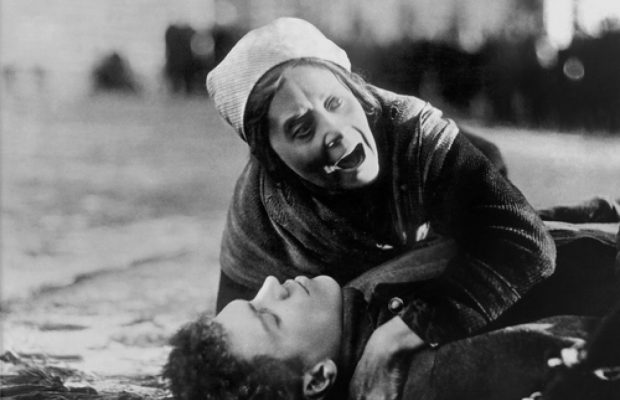
Toronto Film Society presented Mother (1926) on Monday, March 9, 1953 as part of the Season 5 Main Series, Programme 7.
SEVENTH EXHIBITION MEETING – FIFTH SEASON
Monday, March 9, 1953 Doors close 8.15 p.m.
Royal Ontario Museum Theatre
TWO FILMS
by
V.I. PUDOVKIN
1893
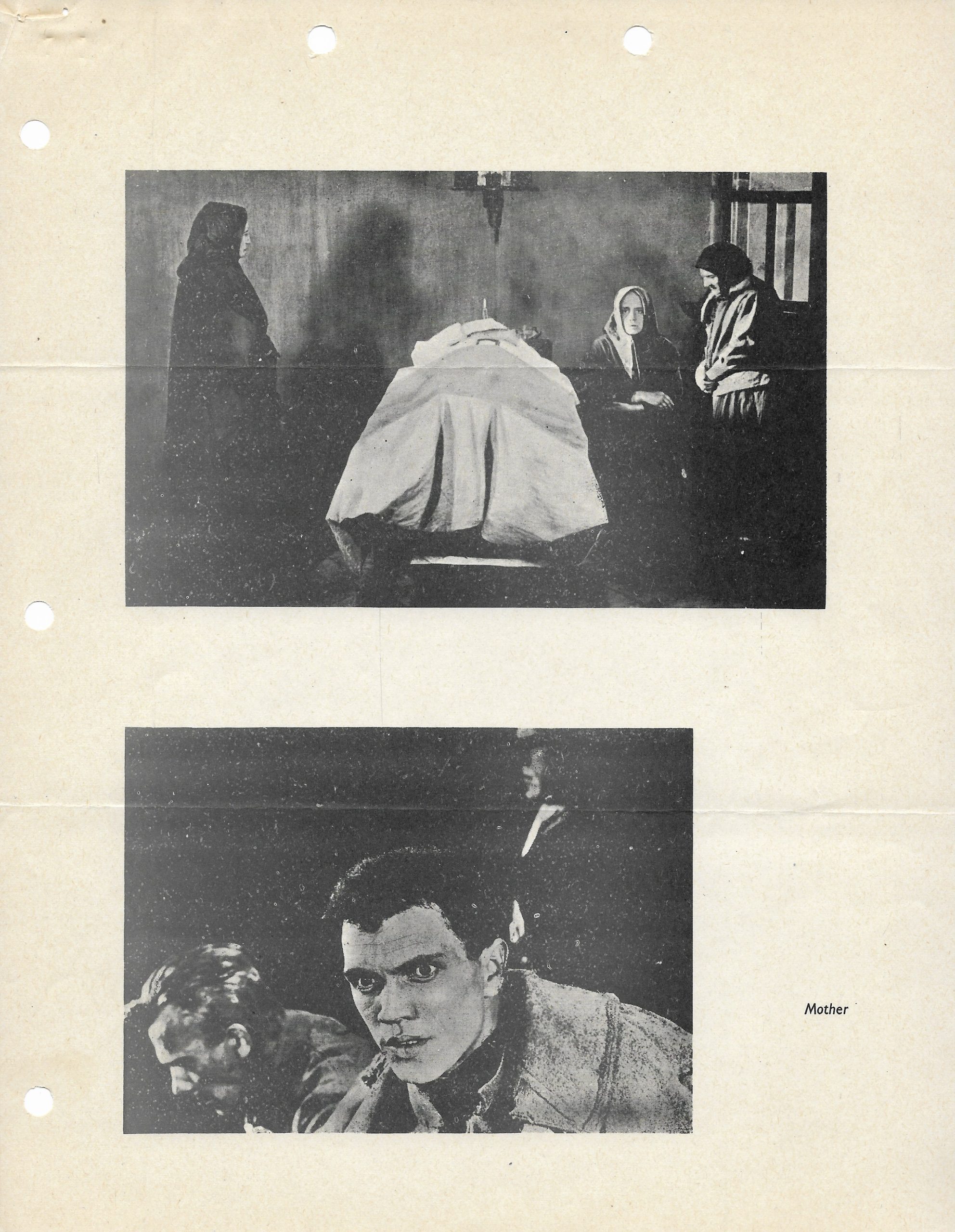
Chess Fever U.S.S.R. 1925 27 mins at 18.18 f.p.s.
PRODUCED by Mezhrabpom-Russ, Mosco
DIRECTED and WRITTEN by Vsevolod Pudovkin and Nikolai Shpikovsky
PHOTOGRAPHED by Anatoli Golvnya
CAST: José Capablanca, Vladimir Fogel, Anna Zemtzova; small roles played by Natalie Glan, Ivan Koval-Samborski, Konstantin Eggert, Anatoili Ktorov, Zakhar Darevsky, Yakov Protazanov, Yuri Raizman.
Pudovkin has said that he took no interest in the silly cinema until Kuleshov, whom he met in 1920, took him to see Intolerance. Forsaking his work as a chemist, he joined the First State School of Cinematography where he studied for two years; during the next three years he acted and assisted on scenarios and direction at the Kuleshov Workshop which he finally left, to work in the studio of Mezhrabpom-Russ.
During a pause in the filming of Mechanics of the Brain, one of his first assignments at the studio, Pudovkin was asked to make a topical comedy on the International Chess Tournament being held in Moscow’s Hotel Metropol. The catch was that one could not ask the contestants, least of all José Capablanca, to act in a comedy. Shots of Capablanca were brought to the cutting-tabel with shots of other actor’s hands and of objects… “Bits” were played by friends and members of the Mezhrabpom staff who happened to be around…
The film has a fund of simple satire and movie wit. The hero’s extreme pre-occupation with chess and the growing exasperation of the heroine (played by Pudovkin’s wife) cannot be imagined apart from Kuleshov’s ingenious cutting method. Widely separated figures and objects are brought into a related film concentration which Kuleshov termed “creative geography.” Although it was the first film by Pudovkin to be released, Chess Fever was not a first step toward something higher but rather the last step in Pudovkin’s study period. (Condensed from M.M.A. Film Notes)
Mother (1926)
PRODUCED by Mezhrabpom-Russ, Moscow
DIRECTION: Vsevolod Pudovkin
ASSISTANTS: Mikhail Doller and V.I. Strauss
SCENARIO: Natan Zarkhi, based on the novel by Maxim Gorky
PHOTOGRAPHY: Anatoli Golovnya
DESIGN: Sergei Kozlovsky
CAST: Vera Baranovskaya, Nikolai Batalov, A.P. Chistyakov, Ivan Koval-Samborski, Anna Zemtzova, Vsevolod Pudovkin, Alexander Savitzsky, Vischeslav Novikov, M.M. Vidonov.
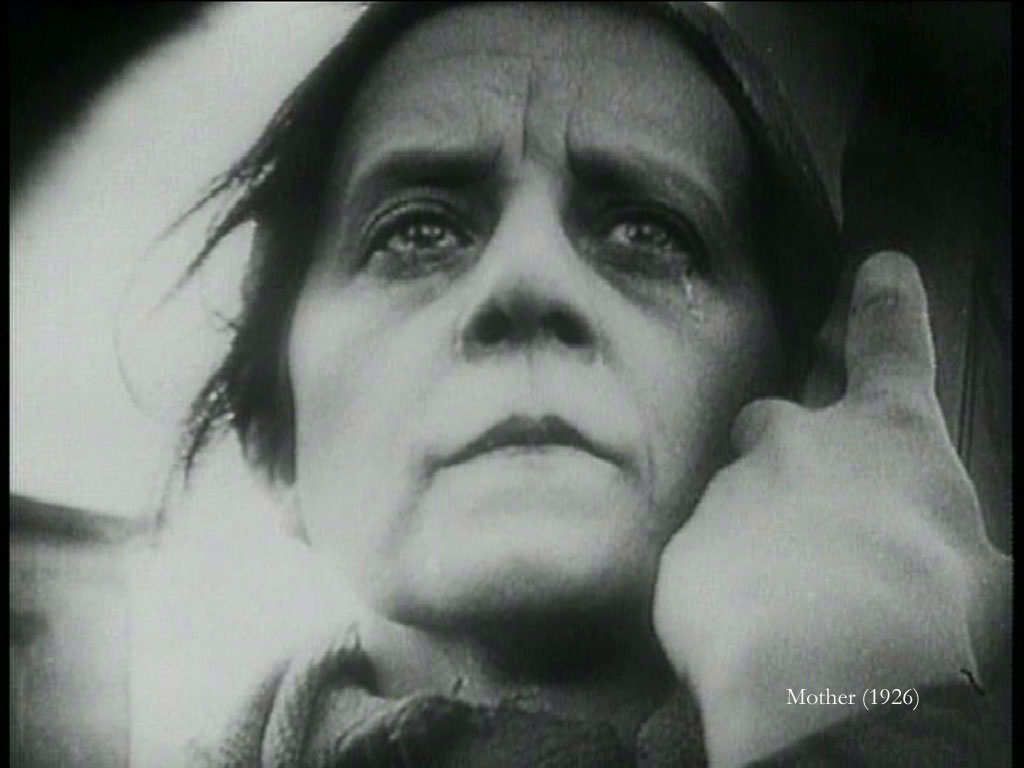
Roger Manvell in his REVALUATION OF Mother (Sight and Sound, August 1950) writes: “For those who wish to idealise the restricted art of the silent film–cut off in its prime by the devastating intrusion of sound–Mother is as good an example as any of the high degree of imaginative expression which could be achieved by te moving picture alone, aided now and then by a rare explanatory title or an odd line of dialogue. This film holds its own against time, a beautiful museum-piece belonging to a phase which could perhaps be called the pre-Renaissance of the cinema.
“Critics usually classify the work of Eisenstein and Pudovkin by means of one of those neat formulae of contrast which may well show only part of the truth. Thorold Dickinson explains the nature of this contrast as follows:
‘While Eisenstein’s films provovked discussion and respect (or the reverse), their direct appeal was to the intelligence first and only through the intelligence to the emotions. They were connoisseur’s pieces in the main. But Pudovkin’s films appealed directly to the emotions oft he mass audience and only secondly to their intellect. They were passionately clear and simple. To Pudovkin the most important element is the story. His attitude to his subject is personal and emotional, not detached or intellectual. In these silent films he used mixed casts of actors and non-actors, the latter to bring verisimilitude in those parts where realism was more necessary than the ability to act’. (Soviet Cinema)
“Both these distinguished artists reveal…an excitement in their work which communicates itself to an audience in what was once an electrifying manner. I well remember the emotion with which I first saw films like Potemkin, October and Mother some twenty years ago–a kind of artistic awe which had no conscious connection with the social system which these films were designed to advocate. It was an excitement entirely derived from the artistic form they exemplified. After seeing a hundred ordinary films, these seemed to have the music of pure art within them. I cannot see the best of them to-day without experiencing once more something of these same feelings–such films as these trail clouds of glory, though their formal qualities, once so advanced to our admiring eyes, seem to belong now to some advanced medieval period when the aesthetic of montage managed to transcend the on-coming pressures of socialist realism.
“While Eisenstein was normally directly concerned in his films with the emotions arising out of the great mass-movements of Russian revolutionary history, Pudovkin’s interests centred on the feelings of people who had to play their individual and often painful part in these conflicts. He was, and still is, an actor himself–he plays the Officer who interrogates the Mother in this film…
“The form of acting used in Mother is stylised for the purpose of underlining each emotion; expressions are frequently ‘held’ on the screen so that their depth and significance are emphasized and re-emphasized, especially in the beautiful performance of Baranovskaya in the leading role.”
Pudovkin writes about his problem of achieving naturalistic acting on the screen: “When I first met Stanislavsky’s pupils and followers, during the production of Mother we found it hard going… Feeling as I did that the screen demanded from acting the nearest possible approach to human behaviour in ordinary life, the first task I set myself and the artist was the search for the greatest possible spontaneity and simplicity. I knew, of course, that a superficially natural reproduction of life was not sufficient, and that the screen, like the stage, needed somewhat heightened expressiveness, but even then I realised the special capacities that distinguished the cinema from the theatre. Clearly, with an actor taken in close-up, what was needed first and foremost was complete truthfulness of acting… In one of the first scenes which I took with the actress playing the part of the mother…I left the actress to act the scene in her own way, and she naturally tried to do this as she would have done on the stage. She sought to arouse in herself a strong emotion expressed only by gestures…each of which horrified me by its exaggeration… First I removed all that seemed to me superfluous and exaggerated, and then I decided on a step that even today, as I recall it, amazes me by its temerity, for I was much younger than the actress and far less experienced. This was to suggest that she should act this scene without making a single movement or gesture, while retaining the inner emotional state she had found. The actress did this, and I saw how the complete immobility of one who could arouse in herself a strong and sincere emotion gave her an almost physical sense of suffering. Then I decided on a further step and allowed the actress to make a single gesture which I had noticed among the many she had made in the beginning. It was a movement of the hand as of someone naively fending off some terrible threat… We tried to make Batalov’s every appearance on the scree not only serve the development of the plot, but, above all, disclose the hero’s state of mind. When I recall Batalov, I always see his eyes. I was tempted to take him in close-up all the time so that the spectator could follow the man’s emotions reflected in his eyes.” (Sight and Sound, January-March 1953)
Much has been written of the emphasis the directors of the Soviet silent film gave to editing as the vital creative principle in film making. Ernest Lindgren has pointed out–“Many writers appear to have been under the impression that selection and combination of shots to suggest ideas of relationship, whether of similarity or contrast, obvious symbolism or subtle imagery was invented by the Russians, but this is not so; it was implicit in the theory of editing from the beginning.” Pudovkin gave the method a name–“relational editing”, but the method itself he, with other creative directors, took over from Griffith and developed. “The Russian directors clearly perceived, as Griffith seemed to have been only dimly aware, that editing derived its power not merely from the fact that by breaking up a scene into shots it could be represented more vividly and realistically, but also from the fact that a succession of shots involved a complex set of relationships between them, relationships of idea, of duration, of physical movement and of form, by the skilled manipulation of which an audience could be most powerfully affected”.
An example of Pudovkin’s editing of unrelated scenes is the episode of Pavel’s joy in prison. In the final episode Pudovkin resorts to the now famous simile of the ice-flow breaking up against the bridge with a movement parallel to that of the marching processions of men and women. The ice-flow intensifies the action by its strong forward movement far more than by its obvious symbolism. Interested members are referred to the analysis of the final section of Mother (“And outside it is spring” to the crescendo ending) in Lindgren’s Art of the Film – pp. 81 to 87.
“The purpose of Pudovkin’s technique is to sublimate the action of every part of his film, so that the common place is raised to the level of a kind of epic poem. It is, I believe, this poetic quality, this quality of silent music which makes the film so exciting as well as so moving to watch even now in these days of rich, smooth photography and the blandishments of a sound track used almost always without poetic imagination.” (Manvell)
A synchronized music score from
recordings will accompany the film
DATE OF AN EPOCH – FEBRUARY 27, 1953
There were no film sociteies in existence when the movies became the talkies; if there had been they probably would have ignored the significance in a fashion similar to our disregard for the two present-day revolutions in the form of the motion picture. Television with all its faults is here, but we should never forget that it is a form of motion picture and that it has great possibilities–in fact it is a “new frontier of the motion picture.” Almost the same things can be said for “THREE D”.
with Norman McLaren’s Now is the Time and Around is Around
Odeon-Toronto Theatre
Friday, February 27, 1953
____________________
MEMBERS’ QUESTIONS ANSWERED
- The type of colour stock used in Land of the Long Day was Kocachrome.
- Of the suggested titles for programming, the following have already been shown by the Society–Potemkin, Ivan the Terrible, End of St. Petersburg, Childhood of Maxim Gorky Zéro de Conduite; a good print of The General Line has not as yet been found available. Dovjenko’s Earth is planned for next Season. Repetition of a past showing may be possible in a future Season. It has been found that more than three silent features are not welcome by the majority of members in a large society such as T.F.S. However in a Film Study Group a more intensive study of the silent film is customary.
- Members who expressed interest in seeing more Lubitsch films will be pleased to know that Ninotchka with Greta Garbo has been revived by MGM. It will open in Toronto in about a month’s time: watch the papers.
- Many enquiries regarding music selections for Variety and The Champion were received verbally. The following recordings were used for Variety: 4 selections from Kurt Weill’s Three Penny Opera; Vaughan William’s 4th Symphony (one side); Shostakowicz’ Danse Rousse; Hindemith’s Kleine Kammermusik; Walton’s Scapino Comedy Overture; Mahler’s Symphony #1 (2 sides); Bartok’s 5th Quartet (1st and 5th movements); Jelly Roll Morton’s Black Bottom Stomp, Freakish, The Pearls and Seattle Hunch (the latter played in the café); Passionette by William the Lion Smith.
- The records for The Champion were: Jean Francaix’ Concertino for Piano and Orchestra (1st and 3rd movements) and his Serenade for Twelve Instruments (1st and 4th movements); Milhaud’s Boeuf Sur le Toit; the lively sections of Sauguet’s Les Forains.
MEMBERS’ EVALUATIONS
Trouble in Paradise: “Wonderful! More Lubitsch; the dialogue, the wittiest; are there no longer witty people in Hollywood?; incredible pace, never a dull scene, puckish approach; can honestly say there was nothing to criticize; I was knocked out!”—“Completely diverting; the sustained yet restrained ‘hamming’ as a form of satire calls for applause not only for the director but particularly for the actors; would Hollywood dare show it to the Hays Office today?; liked ironic satire, butler and waiter bits, Horton’s face-pulling; disliked innocuous introductory title song”—“Delightful, liked understatement”—“Very neat; smooth continuity; but grew sick of suavity, repetition of mood”—“Most charming; light touch, Continental flavor, carefree atmosphere”—“Sparkling is the word for this film; Kay Francis a thing of beauty, her gowns every inch sophistication; .. costumes and set still modern; opening scene with operatic garbage man very funny; Hopkins’ ‘languages’ scene terrific; but I couldn’t really believe C. Aubrey Smith was a crook; confused by ‘too many doors’; felt I missed some of the fun by not remembering which doors belonged to which rooms”—“Lubitsch a superb director, most exciting and refreshing today is his use of the language of the film, as illustrated in this film.”
The Champion: “Chaplin needs no comment; what a pace!”—“Can never find words to describe how much I like Chaplin; he’s always refreshing; however we’ve all seen him in better films”—“Attests to the fact that a 38-year old film can have bits of business that are still fresh and unique today; would like to see the ring sequence again and again; much more free-wheeling and exuberant though not as well-planned and co-ordinated as the fight in City Lights; this was wonderful; let’s have more of these seldom seen Chaplins!”
The Seventh Age: “Very good continuity; not repetitive; aided immensely by intelligent commentary”—“Of the best; real old people; age still pathetic but not necessarily suffering”—“Interesting, and a good example to follow”—“Okay but I’m not much for documentaries”—“Admirable simplicity, clean-cut and neat; one remembers the people in it”.
Land of the Long Day (screened January 12) was highly praised by all evaluators, one third of whom qualified their praise in strongly criticising the commentary; a few members felt also that the overall picture of Arctic life was one-sided and presented too “rosy” a view. Some comments: “Very, very fine. One of the most beautiful pieces of colour work, in the north country, I have every seen. Only a masterphotographer could obtain such colour balance in the poor light near the Arctic circle. Commentary good, continuity good”—“Excellent visually, and well constructed, but the narrator was dreadful. I suggest the Film Board get a new sound track for this interesting film immediately”—“Wonderful, should be sponsored and circulated a la Newfoundland Scene“—“Excellent in every way; commentary ‘accent’ very convincing and in keeping with the expected narrator of such a story”—“Drainie was slightly ‘corny’ in spots – played up too much the ‘good and happy life of our people'”—“Too one sided, a very pretty story, but hardly representative”—“Unbelievably explicit and far superior to any other on the same subject”—“Superb. Better than Nanook of the North“—“Absorbing and well-filmed exposition of Eskimo Life – many have criticized the commentary but I disagree – found it quite acceptable, informative and effective”—“I would like a map, preceding all such films giving the specific locale of the shots”—“Would have liked to have seen interiors of tents, and cooking; the leisurely pace was soothing”—“Sorry, I had to leave the theatre at the whaling sequence; why the filming of the ‘hunt’ in such detail if not to flatter man’s ego that he can kill such a huge creature?”—“Visually superb and very well cut but utterly ruined for me by the commentary, featuring a pseudo-Eskimo accent.”
You may also like...
-
News

Frances Blau
Toronto Film Society | February 27, 2024On Monday, February 26th, 2024, Toronto Film Society lost longtime friend, supporter, and board member Frances Blau. Known for her sense of humour, her love of film, her generosity,...
-
Special Events

Monday Evening Film Noir Double Bill at the Paradise Theatre
Toronto Film Society | July 8, 2024The Toronto Film Society presents a film-noir double feature at one low price! The Window (1949) in a double bill with Black Angel (1946) at the Paradise Theatre on Monday, August...
Programming

Virtual Saturday Night at the Movies
Toronto Film Society | July 20, 2024Toronto Film Society is back in the theatre! However, we’re still pleased to continue to bring you films straight to your home! Beginning Season 73 until now we have...
4-
 Toronto Film Society | July 8, 2024
Toronto Film Society | July 8, 2024
Monday Evening Film Noir Double Bill at the Paradise Theatre
-
 Toronto Film Society | November 6, 2022
Toronto Film Society | November 6, 2022
-
 Toronto Film Society | August 1, 2023
Toronto Film Society | August 1, 2023
Donate to Toronto Film Society – We’re now a Registered Charity!
-
Copyright © 2017 Toronto Film Society.


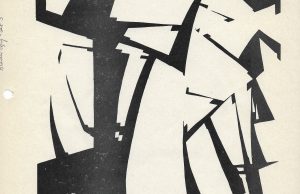
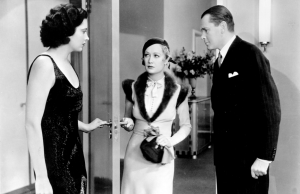
Leave a Reply